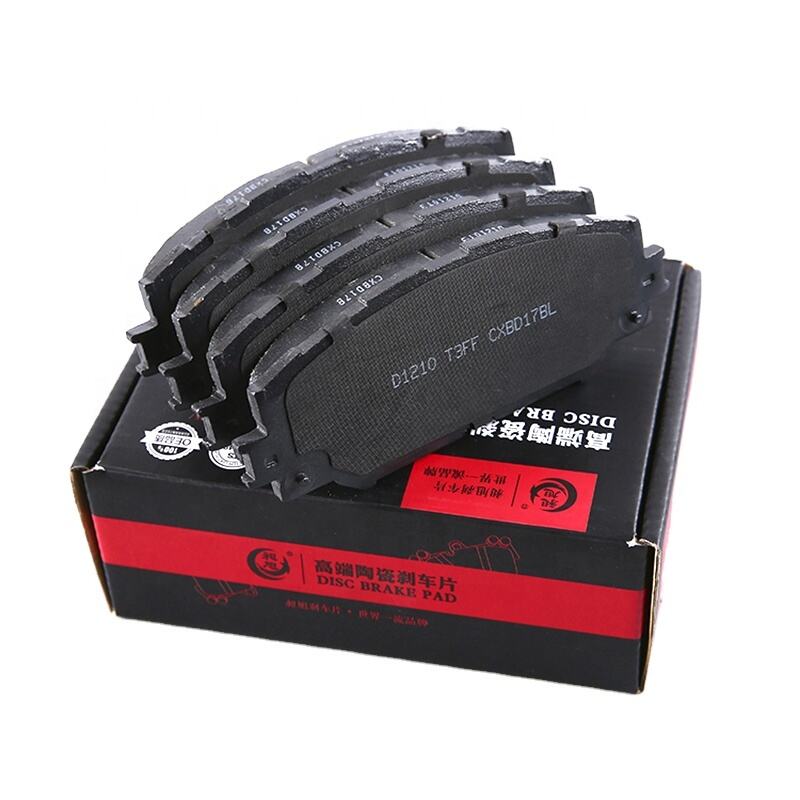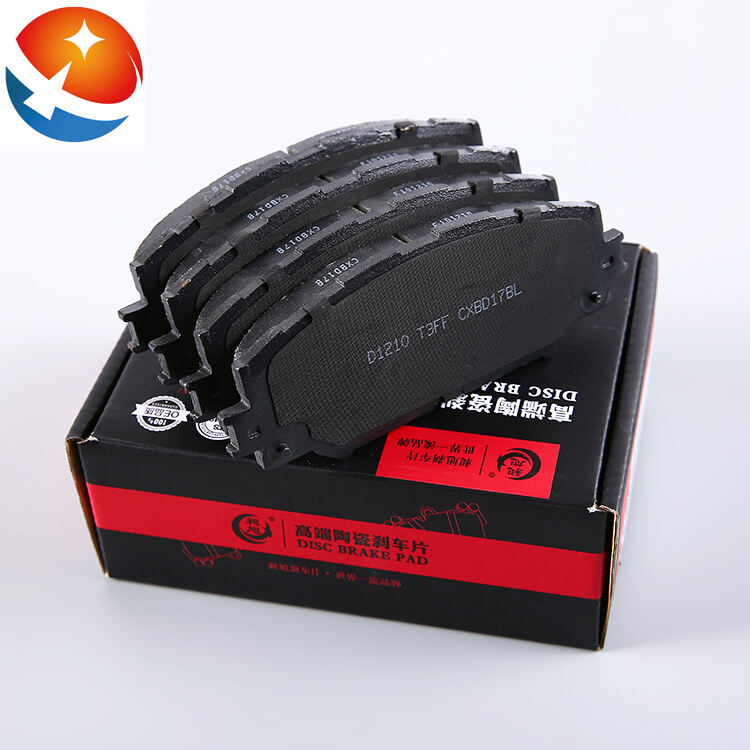automobile brake pads
Automobile brake pads are critical safety components that serve as the primary friction material in a vehicle's braking system. These engineered components are designed to convert kinetic energy into thermal energy through friction, effectively bringing your vehicle to a stop when needed. Modern brake pads are manufactured using advanced composite materials, typically consisting of a steel backing plate bonded with friction material that contains a mixture of metallic, organic, and ceramic compounds. When the brake pedal is pressed, the brake pads are forced against the rotating brake rotor, creating the friction necessary to slow or stop the vehicle. The composition of brake pads varies depending on the intended application, with different formulations optimized for various driving conditions, vehicle types, and performance requirements. High-performance vehicles often utilize specialized compounds that maintain effectiveness at higher temperatures, while everyday commuter vehicles typically use brake pads designed for optimal performance under normal driving conditions. The durability and effectiveness of brake pads are influenced by factors such as driving habits, environmental conditions, and vehicle weight. Regular inspection and maintenance of brake pads are essential for ensuring consistent braking performance and overall vehicle safety.


